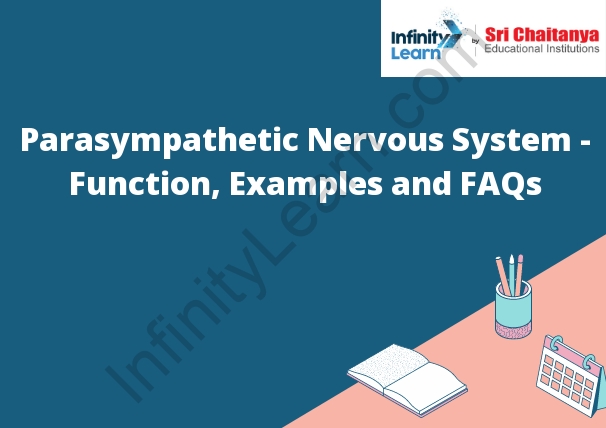Table of Contents
What is the Parasympathetic Nervous System?
The Parasympathetic Nervous System is a division of the autonomic nervous system that is responsible for slowing the heart rate, constricting the pupils, and stimulating digestion. It is also responsible for returning the body to a state of rest and relaxation after a state of arousal. The Parasympathetic Nervous System is activated by the release of the neurotransmitter acetylcholine.

Parasympathetic Nervous System Function
The parasympathetic nervous system (PNS) is one half of the autonomic nervous system (ANS), the other half being the sympathetic nervous system. The autonomic nervous system controls all of the body’s involuntary functions, including heart rate, digestion, and breathing.
The parasympathetic nervous system is responsible for slowing the heart rate, constricting the pupils, and increasing the production of saliva and digestive juices. It also promotes relaxation and rest.
Parasympathetic Nerves
The parasympathetic nervous system is responsible for controlling the body’s “rest and digest” activities. This system stimulates the digestive system, slows the heart rate, and increases blood flow to the digestive organs. The parasympathetic nervous system is also responsible for sexual arousal and orgasm.
Major Cranial Nerves
I. Olfactory Nerve
The olfactory nerve is the first cranial nerve and arises from the olfactory bulb in the front of the brain. It carries signals from the nose to the brain about smells.
II. Optic Nerve
The optic nerve is the second cranial nerve and arises from the optic chiasm in the middle of the brain. It carries signals from the eyes to the brain about what is being seen.
III. Oculomotor Nerve
The oculomotor nerve is the third cranial nerve and arises from the brainstem. It controls the muscles that move the eyes up, down, and sideways, and the muscles that control pupil size.
IV. Trochlear Nerve
The trochlear nerve is the fourth cranial nerve and arises from the brainstem. It controls the muscle that moves the eyeball up and down.
V. Trigeminal Nerve
The trigeminal nerve is the fifth cranial nerve and arises from the brainstem. It controls the muscles of the face and the muscles that open and close the jaw.
VI. Abducens Nerve
The abducens nerve is the sixth cranial nerve and arises from the brainstem. It controls the muscle that moves the eyeball sideways.
VII. Facial Nerve
The facial nerve is the seventh cranial nerve and
Parasympathetic Stimulation – The Parasympathetic Nervous System and the Vagus Nerve
The Parasympathetic Nervous System (PSNS) is responsible for slowing the heart rate, reducing the contractions of the smooth muscles in the gut, and increasing the production of digestive juices. The PSNS is also responsible for stimulating urination and sexual arousal. The primary nerve of the PSNS is the vagus nerve. The vagus nerve originates in the brainstem and extends down through the chest and abdomen. The vagus nerve controls the activity of most of the organs in the body that are not under conscious control, such as the heart, stomach, and intestines. The vagus nerve also helps to control the release of stress hormones from the brain.
Examples of Parasympathetic Activity and Responses
Parasympathetic activity is responsible for slowing the heart rate, constricting the pupil, and increasing digestive secretions. Some common responses to parasympathetic activity include a decrease in heart rate, pupil constriction, and increased digestive secretions.
Parasympathetic Fibers
The parasympathetic fibers originate from the sacral plexus, which is located in the pelvis. The fibers travel through the pelvic cavity to the lumbar plexus, which is located in the lower back. The fibers then travel up the spinal cord to the brain. The parasympathetic fibers are responsible for the following functions:
-Regulating the heart rate
-Slowing the heart rate
-Increasing the heart rate
-Regulating the digestive system
-Stimulating salivation
-Stimulating the production of digestive juices
-Stimulating the bladder and bowel function
-Stimulating the sexual function









